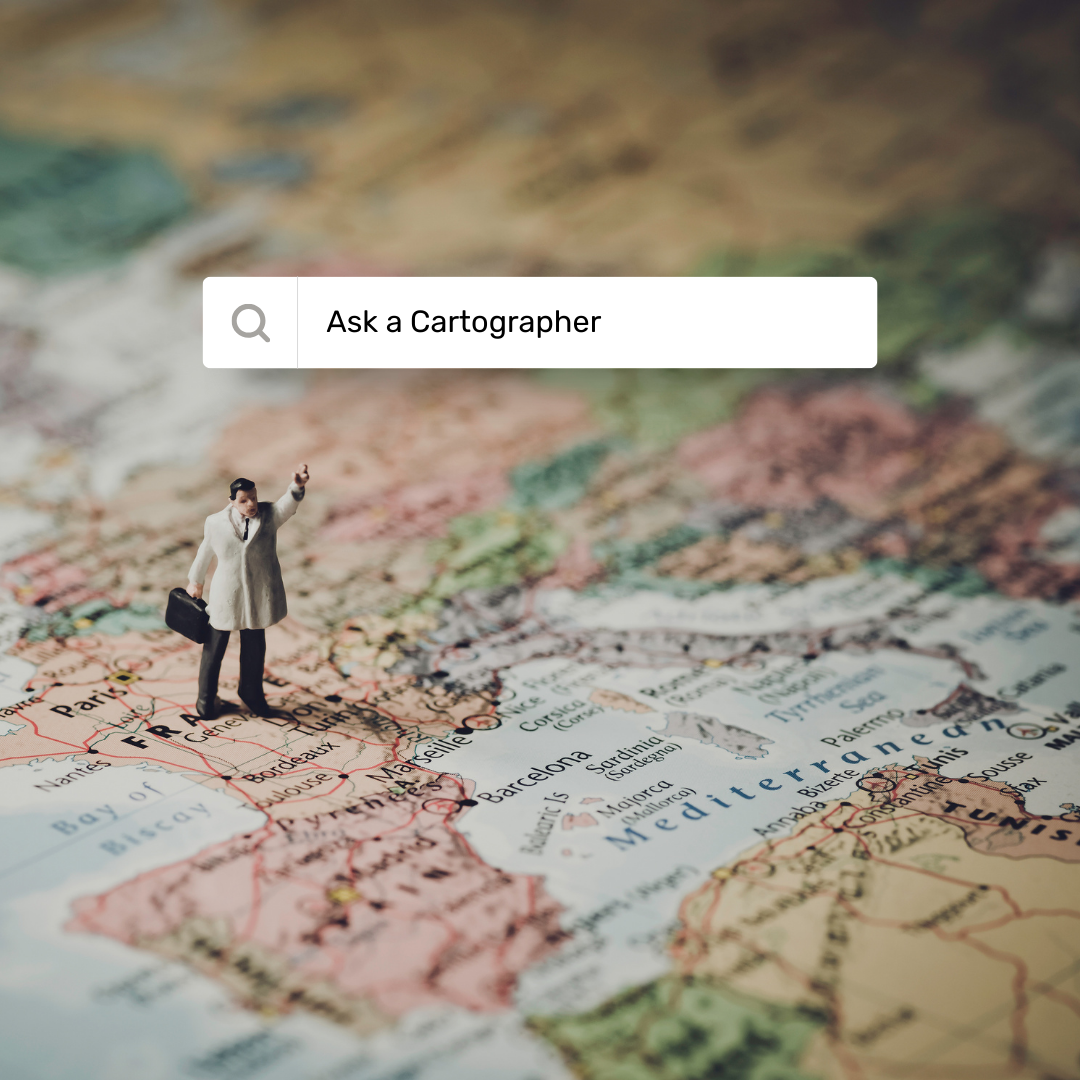Lost in longitude or confused by contour lines? Want to know all the tips and tricks for getting the most out of your atlas? Curious if paper towns still exist? "Ask a Cartographer" is your opportunity to get the facts straight from the source. Tom Vitacco, Rand McNally Publishing’s Director of GIS is here to answer your burning questions, and geek out over fascinating map lore – one exploration at a time.
This week, we are discussing the evolution of map design through the ages...

Question: How has map design evolved over the years?
Tom’s answer: Thank you for the map design question…an important, but often overlooked aspect of cartography! I will try to answer based on my experience with map design and provide examples from our flagship Road Atlas product and a different project where I designed maps in a digital format.
Arthur H. Robinson, considered to be the one of the most influential cartographers in history, said “Map design is perhaps the most complex aspect of cartography and a map not properly designed will be a cartographic failure." I tend to agree because map design, like any type of design, by nature is a “subjective topic” where opinion and emotion add to the complexity.
A Brief Overview of Map Design
Maps have been around for a long time. Early maps were carved on clay tablets or drawn on cave walls and map design began to change with the introduction of brushes and parchment paper, allowing for more ornate and complex designs. Eventually the printing press helped revolutionize the map-making process, and the availability of modern tools and systems greatly improved our ability to design a map that is both functional and aesthetically appealing. In college, I was taught the most important map design principles are legibility, visual contrast, hierarchical organization, and balance. I am proud to say we have implemented these principles in our Rand McNally Publishing maps to this day.
Pictured: An example of an early map design drawn on parchment.
Vintage Road Atlas Map Design
The Road Atlas has been produced for more than 100 years, and the design has changed quite dramatically over time. The early atlases used primarily two-color printing, blue and red, and four-color printing was introduced around 1960. The modern map design we still use at Rand McNally Publishing today was adopted in the late 1980s, although we have made some adjustments to the map styles in recent years.
Pictured: Changes to the Road Atlas map design and style over the years (from left to right: 1927, 1948, 1966, 1993).
Modern Road Atlas Map Design
Our national map database was rebuilt from scratch around 2010, and during the decade that followed we revamped the map design and style. We changed the labels to use a cleaner and more legible font, adjusted colors for water, parks, and physical features and created new map icons and symbology. Additionally, we changed exit numbers from black to green and white, which is more intuitive, and altered the map surrounds and city map locations to gray for a more subtle appearance. This modern design follows the principles mentioned earlier, resulting in a clean, balanced, legible, and easy-to-use map.
Pictured: A section of central Florida from the 2025 Road Atlas utilizing our modern map design.
Digital Map Design
During my career as a cartographer, I have been fortunate to work on map design for both print and digital products, including the original Maps & Directions website, a variety of different eBooks, our online educational tools as well as navigation devices for consumers and professional truck drivers. In fact, working in both print and digital environments has been one of the most enjoyable aspects of my job.
Map design for digital formats is somewhat different than print, since the map styles are defined with code, and colors use RGB or Hex values instead of the standard four process colors (CMYK) we use for printed maps. Plus, zoom levels must be addressed in a digital map design because as users zoom in and out of a digital map, we must adjust line weights and possibly even colors which is not really relevant on a printed map.Throughout the years, I have learned how to define digital map styles using five different “code languages” since each device or site used proprietary code. In the end, these projects presented an excellent opportunity for me to learn and grow as a cartographer.
Pictured: Modern map design implemented in the Rand McNally GPS tablet for professional truck drivers.
Thank you for the question! Feel free to submit your map or cartography questions below and check back next Tuesday for another installment of "Ask a Cartographer".
Have a question for our cartographer? Email us at printproducts@randmcnally.com with “Ask a Cartographer” in the subject line and your question could be featured next!


